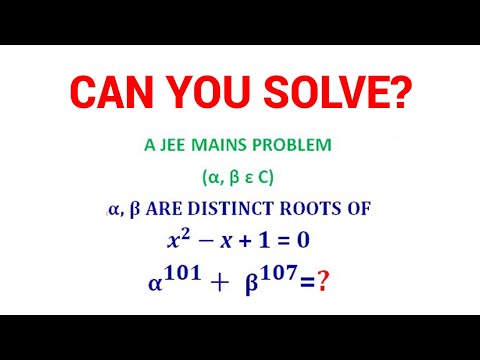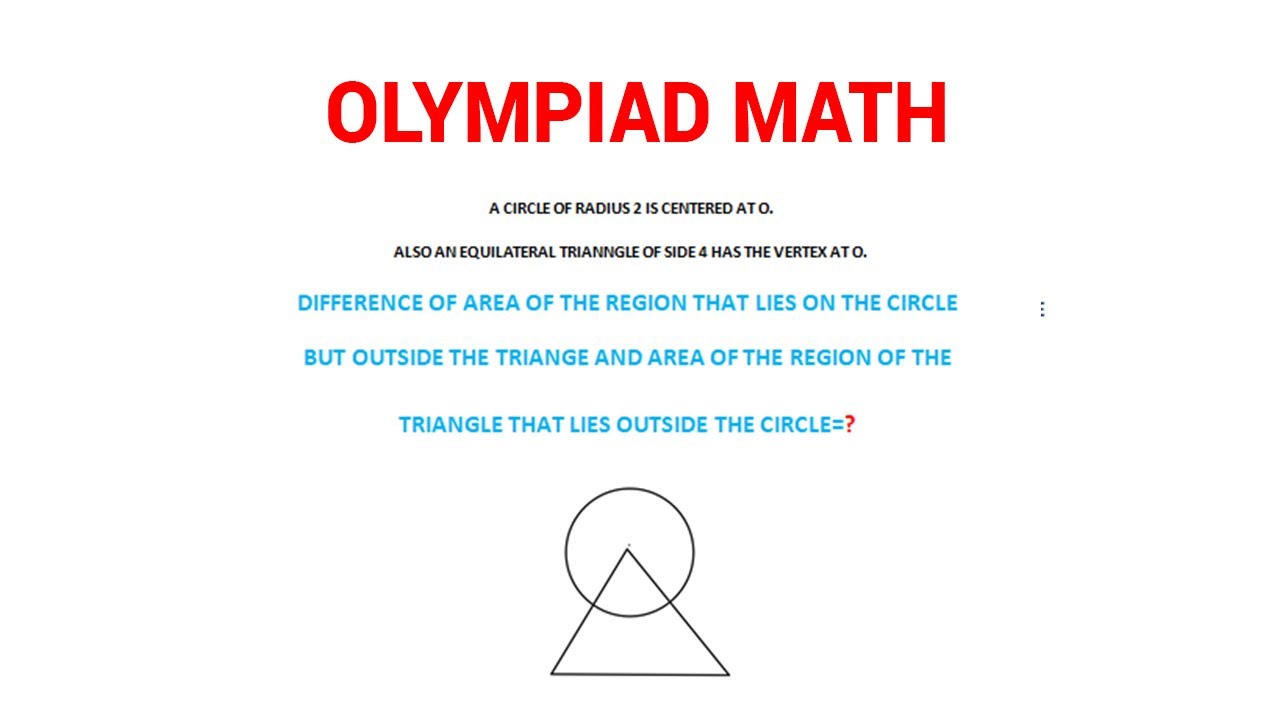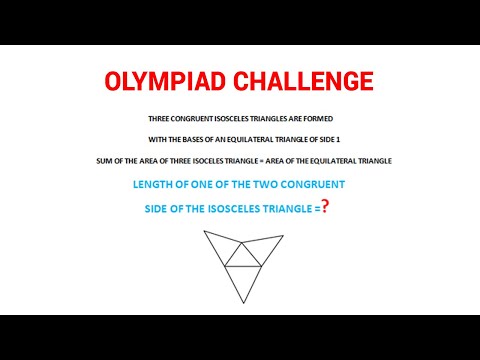The concept of circles has fascinated mathematicians, engineers, and scientists for centuries. These perfectly round geometric shapes have been integral to countless applications in our daily lives, from designing wheels and gears to understanding planetary orbits. One fundamental aspect of working with circles is finding their area, which becomes particularly intriguing when comparing the areas of different circles. In this article, we’ll explore finding the area of the larger circle when presented with two or more circles of varying sizes.
Understanding the Basics: Circle Area Formula
Before we delve into the intricacies of comparing the areas of different circles, let’s start with the basics. The formula for calculating the area (A) of any circle is given by:
A=πr2
Here’s what each symbol represents:
· A is the area of the circle.
· π (pi) is a mathematical constant approximately equal to 3.14159.
· r is the radius of the circle.
It’s crucial to note that the radius is the distance from the circle’s center to any point on its circumference. If you have the diameter (d) of the circle instead of the radius, you can find the radius by dividing the diameter by 2 (r=2/d).
Now that we’ve established the foundation let’s move on to the main focus of this article: finding the area of the larger circle when you have two or more circles with different sizes.
Comparing Two Circles: Identifying the Larger Circle
To find the area of the larger circle when you have two circles of different sizes, you first need to determine which circle is the larger one. This typically involves comparing their radii or diameters.
1. Comparing Radii: If you have the radii of both circles (r1 and r2), you can easily identify the larger circle by comparing their values. The process with the greater radius is the larger one. For example, if r1 is 6 units and r2 is 8 units, then r2 represents the larger circle.
2. Comparing Diameters: If you have the diameters of the circles (d1 and d2), you can apply the same principle. The circle with the greater diameter is the larger one. For instance, if d1 is 10 units and d2 is 14, then d2 corresponds to the larger circle.
Now that we’ve identified the larger circle let’s calculate its area.
Question:
Finding the Area of the Larger Circle Passing through AOC?
Om/Cm= Tan30
OM/CM=
CM= OM
CM=1/2 AC
If the site length is 6
Then
CM=6/2 =3
OM/3= 1/
In Other words
OM=3/ =
MK=OK= OM
K is the center of the bigger circle
Hence, we can write
Mk=KO-OM
R-
According to the Chord-Chord Intersection theorem
AM*MC=OM *MN
3*3=
3*3=
We can write
( 2R-)=3*3/
( 2R-=3
2R=
R=4= 2
To check the answer, click Here:
Conclusion:
This knowledge is valuable in geometry and mathematics and in numerous practical applications. Whether you’re an engineer designing machinery, an architect planning spaces, or simply a curious mind exploring the universe’s mysteries, finding the area of the larger circle will serve you well in your endeavors.



